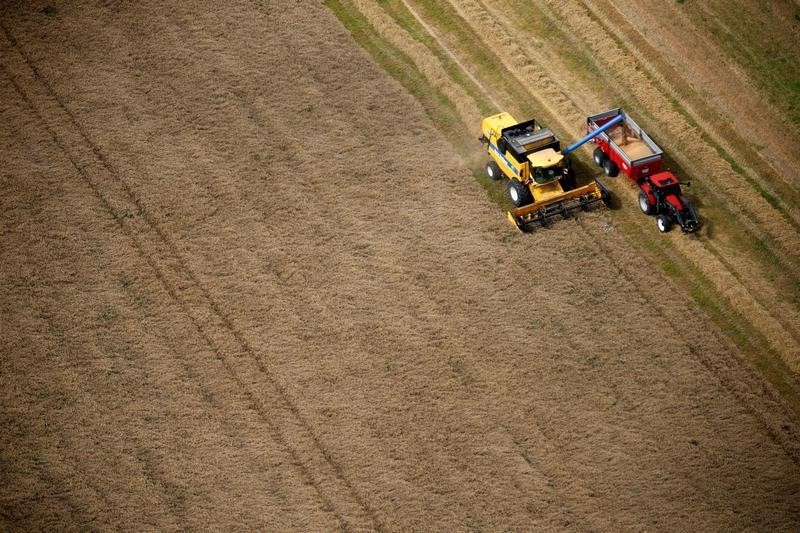By Rod Nickel
WINNIPEG, Manitoba, April 9 (Reuters) - Canada's farmland gained value last year, extending a 23-year streak, but the rate of growth dipped to a six-year low and is likely to slow again in 2017, according to Farm Credit Canada (FCC), the country's biggest farm lender.
FCC, backed by the federal government, said the average value of farmland rose 7.9 percent in 2016, down from 10.1 percent the previous year. It was the third straight year that the rate of growth slowed.
In 2017, farmland value is likely to grow by 3 to 4 percent on average, assuming stable crop income, said FCC chief agriculture economist Jean-Philippe Gervais.
U.S. farmland values are slumping, but Canadian values are steadier, as Canada's export-driven agriculture sector benefits from weaker currency. Canada is the biggest canola exporter and a major wheat trader.
"We've been shielded from some of the downturn we've seen in the United States," Gervais said. "The difference ... is not all explained by the (low) Canadian dollar, but it explains a great deal."
The highest average increase came from the tiny potato-growing province of Prince Edward Island, at 13.4 percent, followed by the wheat- and beef-producing province of Alberta, at 9.5 percent.
Farmland in Saskatchewan, the biggest crop-growing province, grew 7.5 percent in value, with price gains limited by adverse weather during the growing season, FCC said.
Farm Credit uses a system of benchmark types of farm properties and estimates their market value using comparable sales. It does not report actual prices, which vary widely by region.
In the United States, rising interest rates have pressured farmland values. Across the Midwest and Plains regions, agricultural land values continued to slump during the last quarter of 2016, according to banker surveys conducted by the Federal Reserve Banks of St. Louis, Kansas City and Chicago.
The U.S. downward trend is expect to continue into 2017.
